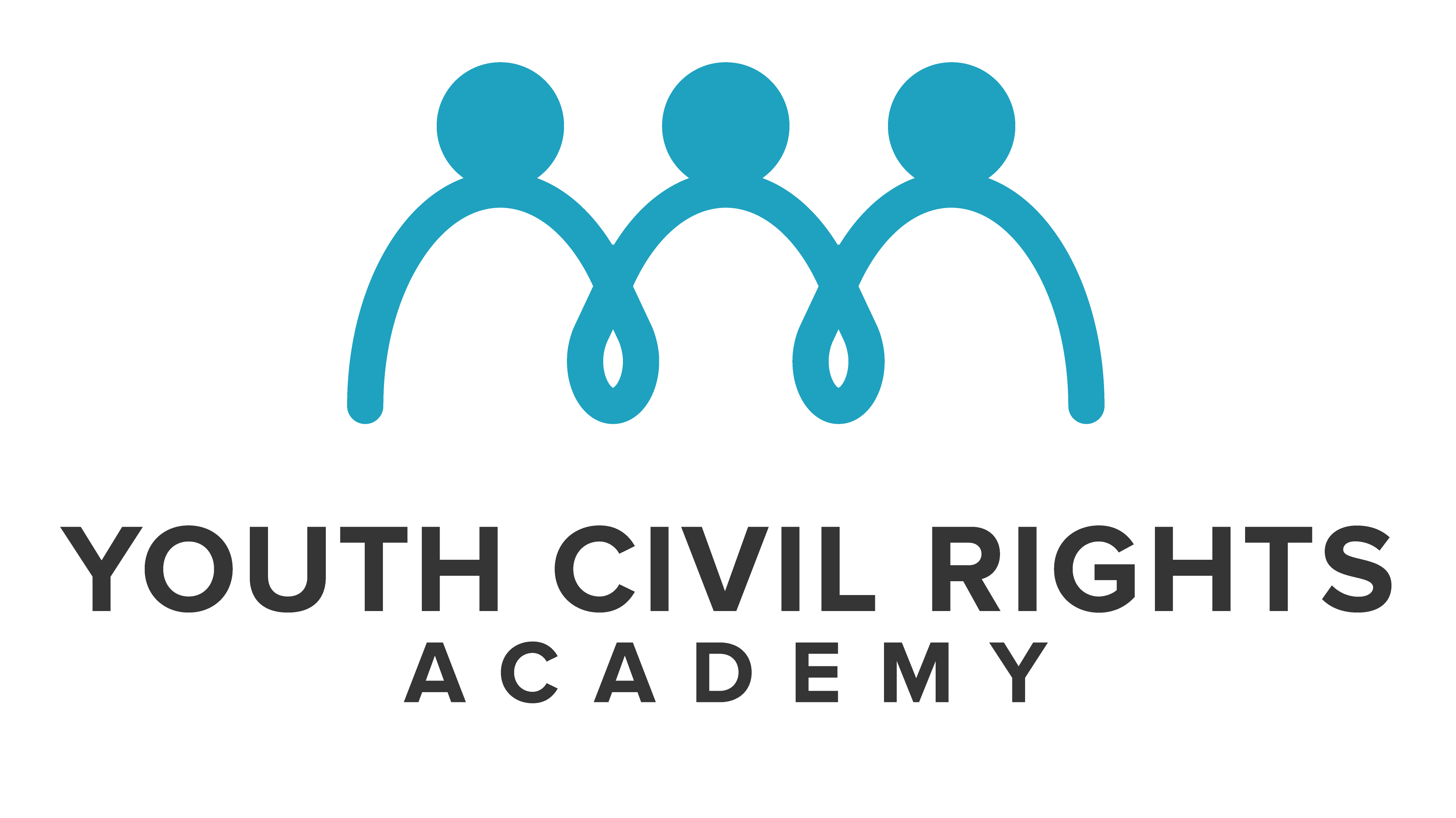
From Actor to Activist
Blood at the Root, a play by multi award-winning playwright and Detroit native Dominique Morisseau, and performed by students in the Department of Theatre & Drama at the University of Michigan School of Music, Theatre & Dance – is introduced by director Stori Ayers. This important play focuses on the true story of the Jena Six, a group of Louisiana high school students who were involved in a 2006 racially charged incident that resulted in a criminal trial and massive civil rights protests. The play deals with the nature of racial bias and the question of whether justice is truly blind.
The performance of this powerful dramatic work will be followed by a guided discussion with the actors; the director; and one of the Jena 6, Bryant Purvis, now an author and professional basketball player. These “talk backs” will allow you, your students, and audience members the opportunity to explore the themes of the play.
Playwright Dominique Morisseau uses the historical timeline of events (see Jena 6 Timeline) as a platform to develop the fictitious story for Blood at the Root. The story’s specificity creates a universality that charges the audience with the social responsibility of dealing with “the other” in order to create change:
- How do we judge and treat people who are different?
- How does that judgment keep us apart from one another and impede our progress?
Everyone has an “other;” whether based in sexuality, race or gender, we all deal with people who are unlike ourselves. This play explores the experiences of a group of high school students desperately trying to define themselves and navigate around those who who identify themselves differently. We meet these high schoolers at a point in their lives where their differences have kept them separate and in judgement of one another, so when the desire for change erupts within them individually, they find themselves powerless and are thus forced to confront and engage “the other” in order to move their community forward.
These students learn during their journey that without struggle there is no progress and that that struggle requires uniting despite differences. United, they find their power to reverse injustice. Within the journey of these six high school students, Ms. Morisseau also addresses propaganda, individual freedoms and racial inequality in the judiciary system.
QUESTIONS TO CONSIDER AND DISCUSS
Before seeing Blood at the Root, discuss the demographics of Jena High School and pose the questions below for students to consider. Answers can be written into private journals before being discussed as a group. The objective is to get the students thinking about the racial divides, if any, in their own school.
At Jena High School, about 10% of students are black and roughly 90% are white, reflecting the population of the town of Jena, which has about 3,000 people. Some early reporting indicated that students of different races seldom sat together: black students typically sat on bleachers near the auditorium, while white students sat under a large tree in the center of the school courtyard, referred to as the “white tree” or “prep tree.”
- How many different ethnicities are represented at your school? What are they?
- What percentage of the population do you fit into?
- Are you in the majority or minority population?
- How do you think your daily life at school is affected by the demographics of your school?
- Are there pros and cons to being in the minority or majority population? What are they?
- Would you consider your school to be segregated? Why or why not?








